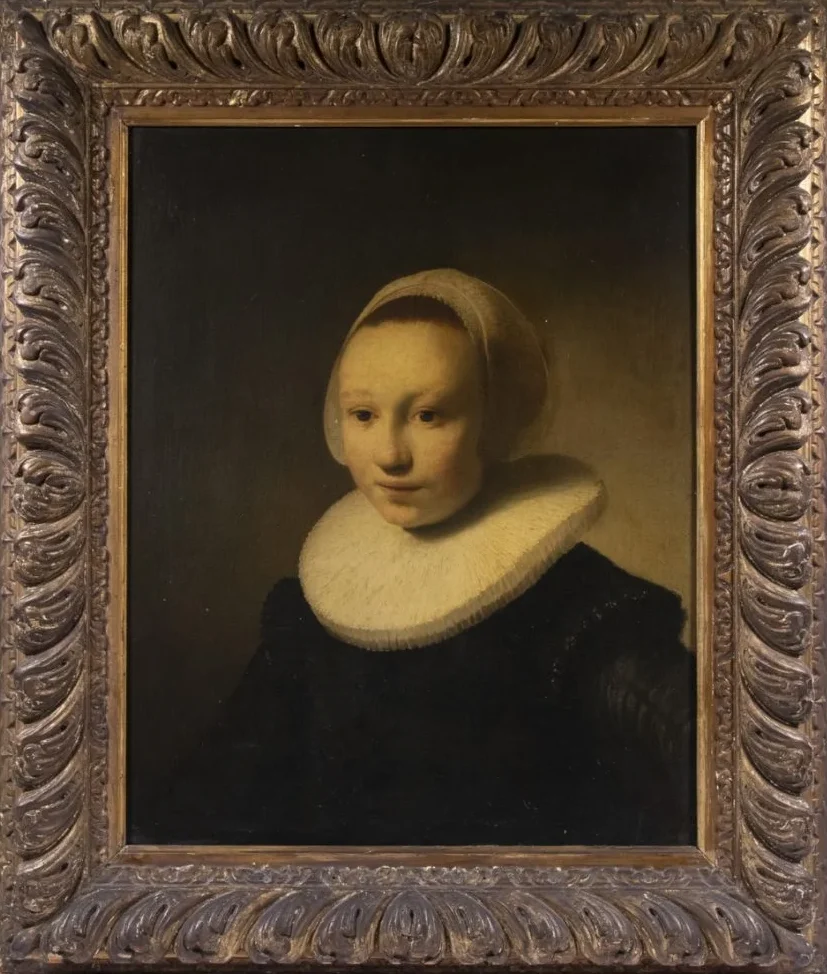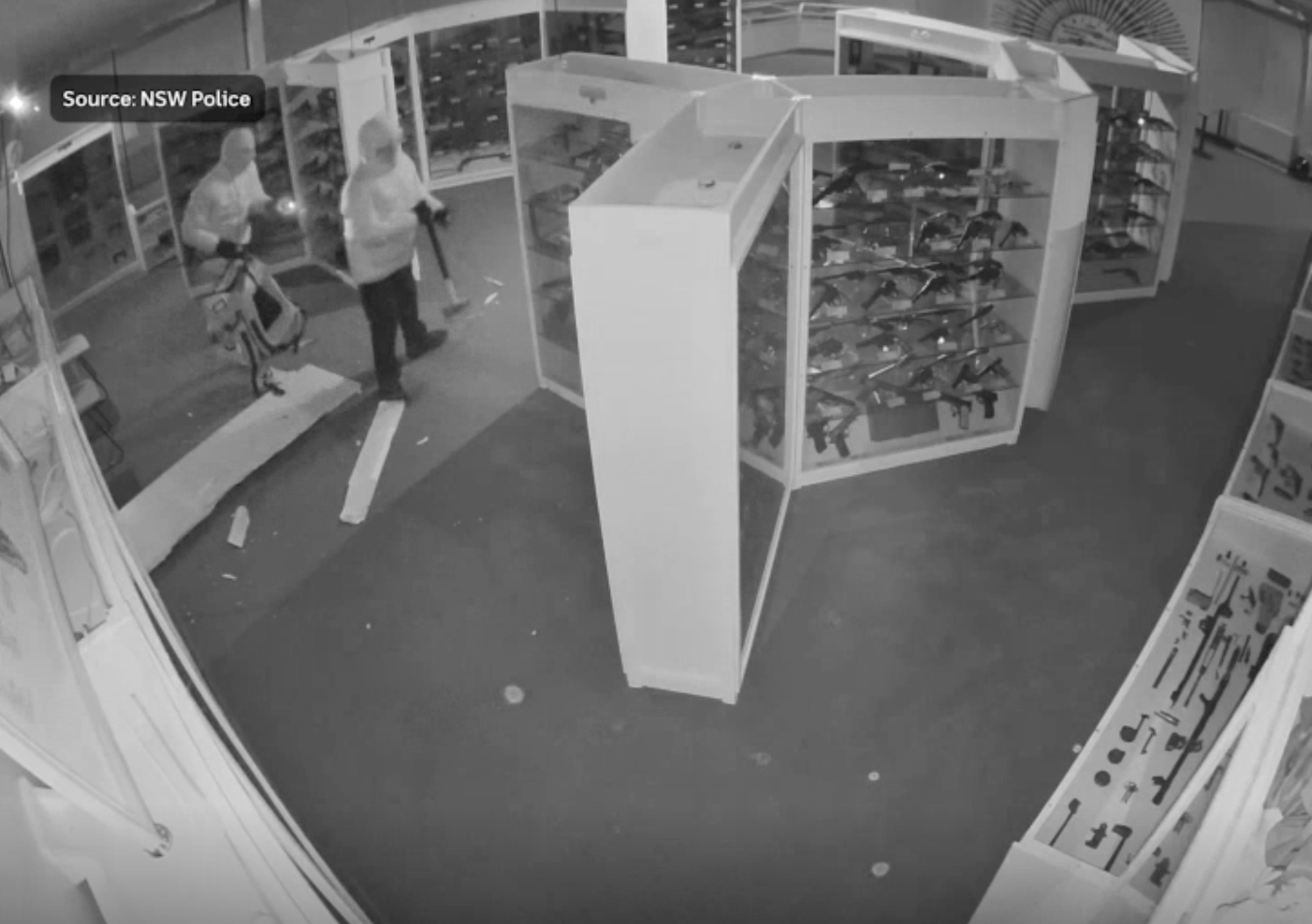In a tale that straddles the line between art history and serendipity, a modest attic in Camden, Maine, became the unlikely stage for a high-stakes auction. The star of the show? An unsigned, 17th-century portrait—attributed “after Rembrandt”—that recently fetched a staggering $1.4 million at Thomaston Place Auction Galleries. This sum, which far exceeded the initial estimate of $10,000 to $15,000, underscores the enduring allure of the Dutch master’s influence, even when shrouded in mystery.
The story began with a routine visit to a private estate by Kaja Veilleux, the founder and chief appraiser of Thomaston Place. “We often go in blind,” Veilleux admitted, reflecting on the unpredictable nature of such house calls. The residence, filled with a variety of artworks, yielded its most remarkable find in the attic: a pristinely preserved portrait of a young girl, her somber attire and striking white collar bathed in the kind of light that recalls Rembrandt’s finest works. The painting, executed on a cradled oak panel, was framed in an ornate, hand-carved Dutch frame—a silent testament to its intended importance.

Yet, the true intrigue lies not merely in the painting’s visual qualities but in its provenance, or rather, the hints of it. A slip attached to the back, bearing the insignia of the Philadelphia Museum of Art, noted that the artwork had been on loan in 1970 from Mr. Cary W. Bok, a descendant of the Curtis Publishing Company dynasty. The slip identified the piece as a “Portrait of Girl” by Rembrandt, a claim that, while tantalizing, remains unconfirmed. The Philadelphia Museum of Art has since clarified that such documentation does not constitute authentication, leaving the painting’s exact origins still in the shadows.
When the portrait hit the auction block on August 24, it did so with the designation “after Rembrandt,” a term that nods to the influence of the master without fully embracing his hand. But any doubts about its pedigree did little to dampen the fervor of the bidders. Opening at $32,500—well above the estimate—the bidding quickly escalated, with 11 determined contenders, both in the room and on the phone, driving the price higher. As the figure soared to $900,000, only two phone bidders remained, their back-and-forth culminating in the final hammer price of $1.4 million, a record for the auction house and one of the highest for any artwork sold in Maine.
This extraordinary sale evokes comparisons to the highest echelons of the art market, though it still pales next to the $33.8 million achieved by Rembrandt’s authentic “Portrait of Marten Looten” in 2015. Yet, for Zebulon Casperson, the Thomaston Place staff member who represented the winning bidder, the experience was a triumph in its own right. “It feels like a shared victory,” he remarked, encapsulating the sense of wonder that such discoveries bring to both the art world and those who find themselves unexpectedly at its center.







